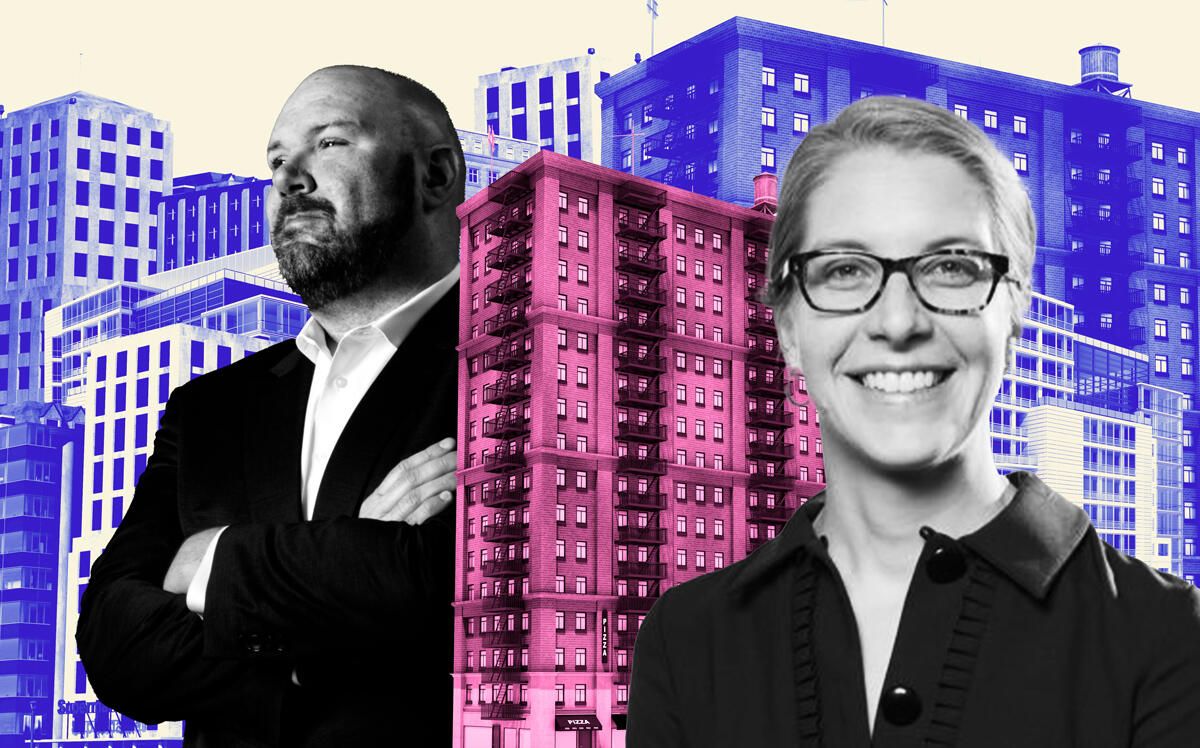 20,000 vacant units? Try triple that number
20,000 vacant units? Try triple that number
Trending
Lies, damn lies, and statistics: Did rent-stabilized vacancies really fall?
Landlords say there’s more to the story

Another attempt to count vacant rent-stabilized apartments found earlier estimates exaggerated the problem by tens of thousands of units.
The state agency that oversees rent stabilization reported that 38,621 of the city’s approximately 900,000 rent-regulated units were vacant in 2022. That is a far cry from the 61,000-plus reported empty last year and nearly matches the numbers before the 2019 rent law passed, City Limits reported.
For landlords, the findings seem to undercut their argument that the rent law caused vacancies to jump.
Owner group the Community Housing Improvement Program has launched a campaign for a rent hike, claiming that the law barred landlords from raising rents enough to repair many vacant apartments, leaving tens of thousands uninhabitable.
CHIP’s Jay Martin said the problem remains, as the reduced count of empty rentals “does not grasp the full picture.”
The executive director said HCR’s tally doesn’t offer a break out of why units are held off-market.
So, though this year’s vacancy count squares with the pre-rent law average of 38,836, it’s possible that more units have been held for renovations as more move-ins occurred.
The state Division of Homes and Community Renewal, or HCR, attributed last year’s vacancy rate — nearly 50 percent higher than this year’s — to the exodus of New Yorkers early in the pandemic.
In the past year, however, renters returned with a vengeance, driving the city’s overall vacancy rate under 2 percent for seven months straight.
The renovation reimbursement limit doesn’t explain all the vacancies. “But we don’t have a way of knowing that number besides educated guessing and surveys of our members,” Martin said. “HCR does.”
A spokesperson for the agency did not immediately respond to a request for comment.
Read more
 20,000 vacant units? Try triple that number
20,000 vacant units? Try triple that number
Housing advocates, though, say the drop in vacancies since last year undermines the claim that the rent law has made it impossible for owners to renovate and re-rent units.
Groups such as the Community Service Society have said landlords exaggerate what repairs would cost and are holding units “ransom” to push legislators to amend the Housing Stability and Tenant Protection Act of 2019 in their favor, The City reported.
“If the number is the same as it was before HSTPA then it makes no sense to say HSTPA is the thing causing the vacancies,” Sam Stein, a housing policy analyst with the Community Service Society told City Limits.
However, isolating a cause for empty apartments is complicated because the rent law made other changes that affect the number. The law prevented some vacancies by removing financial incentives to clear out tenants.
CHIP’s campaign calls for owners to be able to set a new market-rate rent to pay for renovations when a tenant moves out, after which the unit would revert to rent stabilization.
HCR’s latest count reveals that “warehousing” in New York City looks very different depending on what group or agency does the tallying.
Last April, CHIP said a survey of its members had found 20,000 empty stabilized units.
In May, the city housing agency released a 2021 survey by the U.S. Census that counted 42,860 vacant and unavailable rent-stabilized apartments citywide.
Five months later, The City reported that the same data set, but including units that are vacant and available — either listed but not leased or habitable and held off the market — showed 88,830 empty stabilized units.
HCR’s 2021 count split the difference.
For what it’s worth, CHIP says it has subscribed to the city’s 42,000 figure for months.
“They have now confirmed that number is 38,000,” Martin said. “We never suggested it was 60,000 or 80,000.”




